Delhi has been built, destroyed and rebuilt many times over. Its history goes back many centuries, its earliest roots sinking deep into a fabled past that some think is real and others construe as myth. Everyone concedes, however, that modern-day Delhi is a metropolis of many cities. And without doubt the greatest of them is Shahjahanabad, which was built as a new capital by Mughal Emperor Shahjahan, who also built the Taj Mahal in Agra.
Dating from the early 17th century, the so- called Old Delhi is also known as the Walled City, though most of that stone wall has been lost to time. Repeatedly bruised and battered by its violent past, the historic quarter is struggling to adapt itself to the chaos, conflicts, and conveniences of the modern world. Anybody fascinated by the stories of legendary cities – how they rise, fall, and evolve again – must study the ongoing alteration of Old Delhi. Today, its neighbourhoods and streets retain view of delft Old Delhi saudade* Delhi, India’s fabled capital, has been built, destroyed and rebuilt many times over the centuries. It is a metropolis made up of many cities, but the most captivating is Old Delhi or the Walled City. It is described in this geographical guide, which is also a dictionary of love, with words and images crafted by Mayank Austen Soofi for this View of Delft. Soofi is a well- known Indian writer and photographer. Mayank Austen Soofi view of delftHe writes a daily column for the historical Hindustan Times, with a readership of over one million. He also boasts a highly influential presence on social media (website The Delhi Walla, Facebook, Instagram and Twitter). He says, ‘Repeatedly bruised and battered by its violent past, the historic quarter is struggling to adapt itself to the chaos, conflicts, and conveniences of the modern world’. almost nothing of their original character. Even so, they hide a glimpse of the early days in the names of their lanes and localities. These identities have been derived from professions and peoples, landmarks and landscapes. To know how these obscure places used to be and what they have become, might not tell us explicitly about the notable aspects of a city’s history but they do show us the shifting life patterns of its people. These place-names speak to us not only of the way we were, but also about how we may yet be tomorrow.
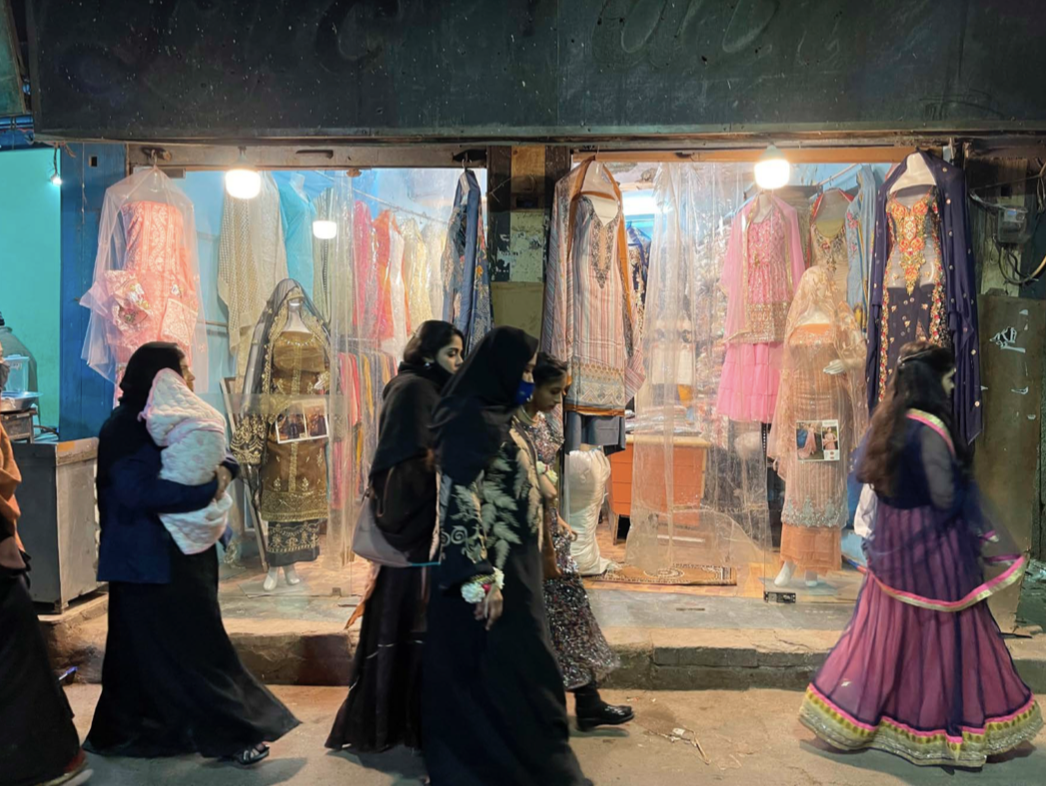
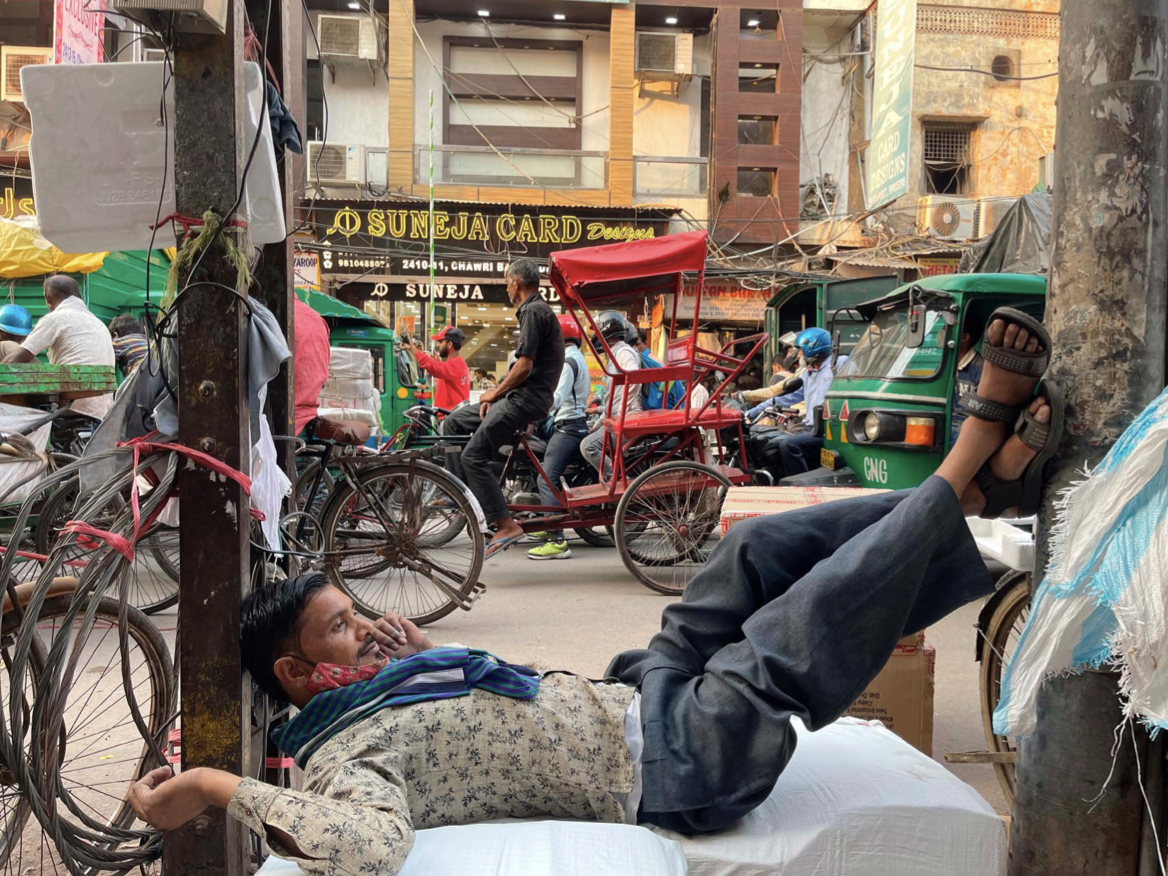
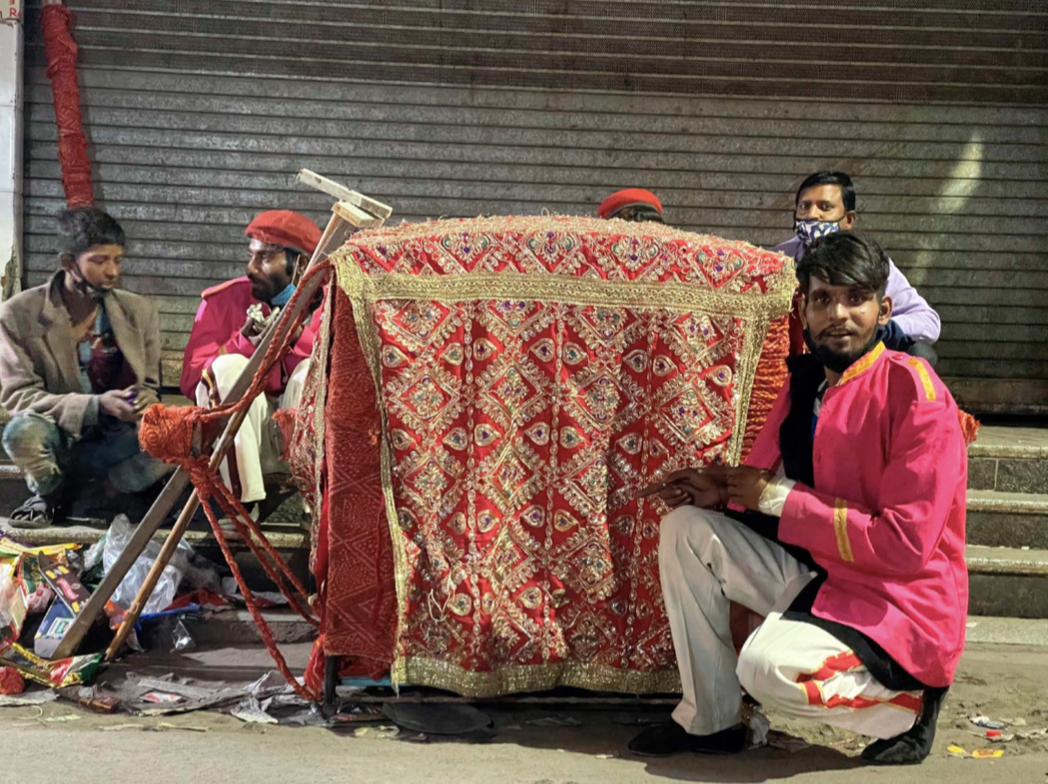

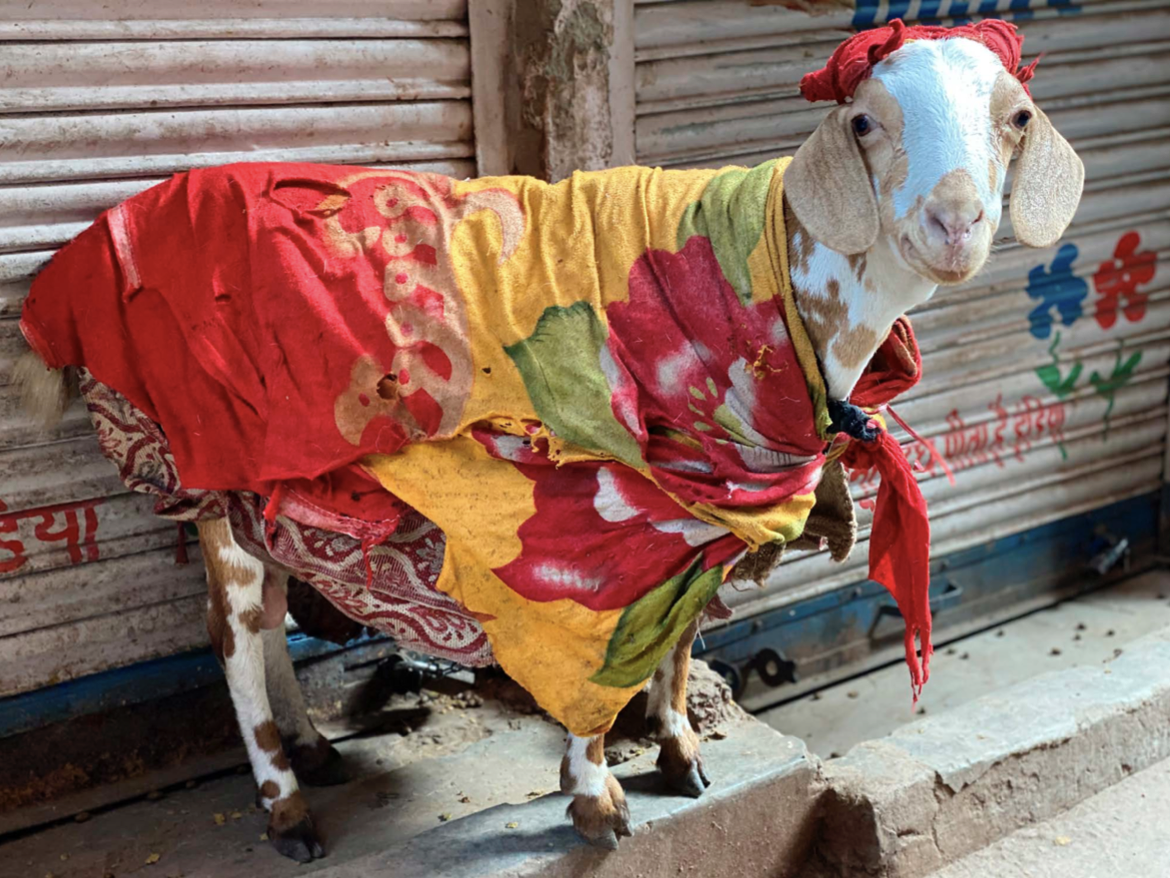
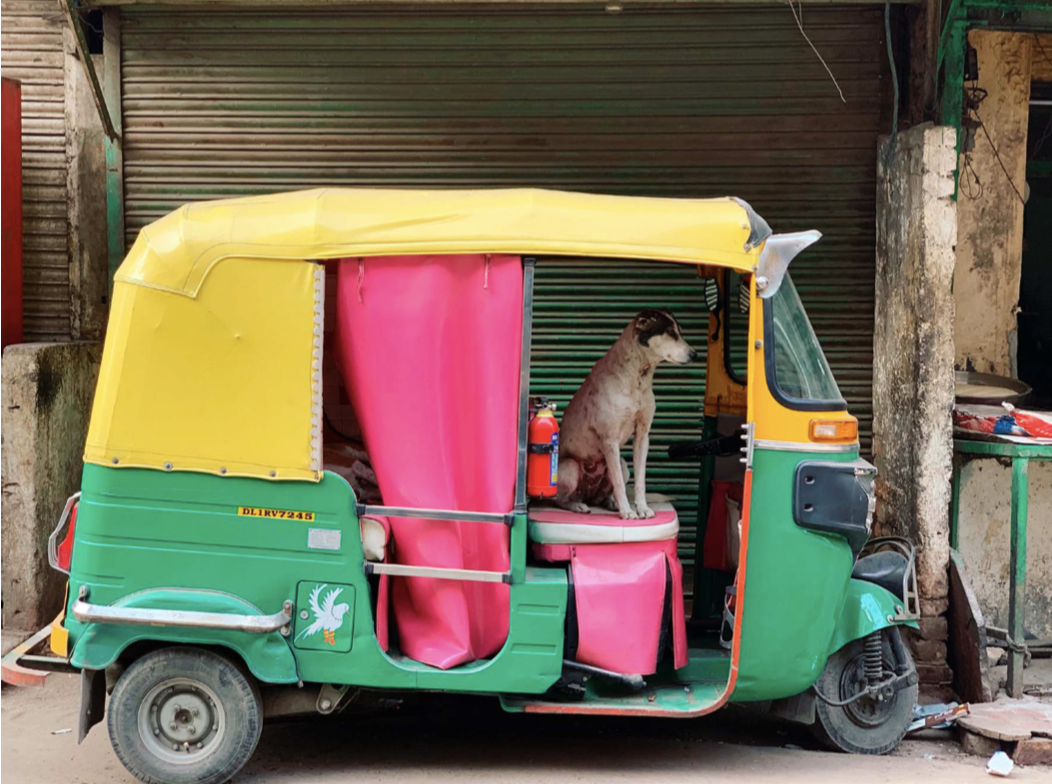
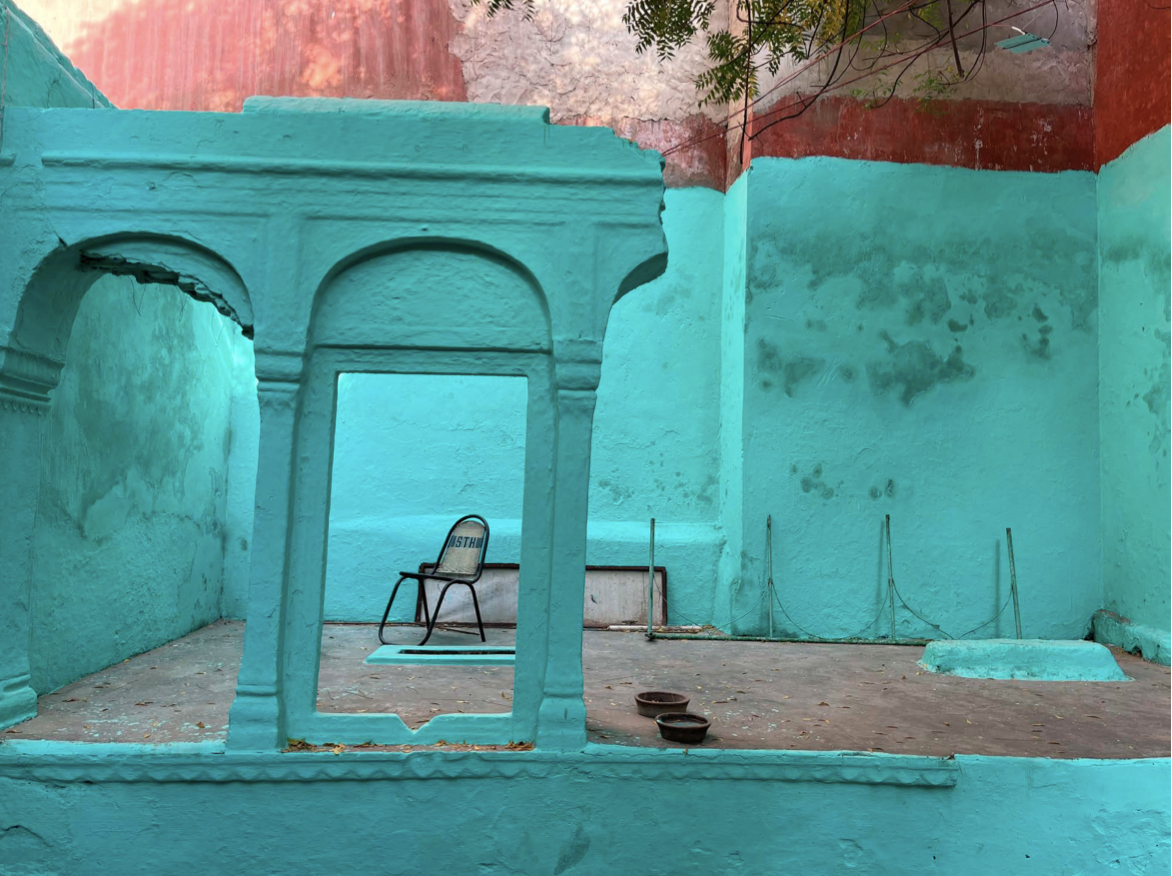
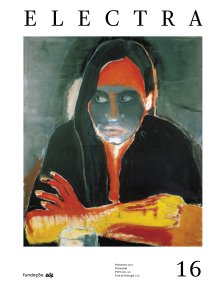
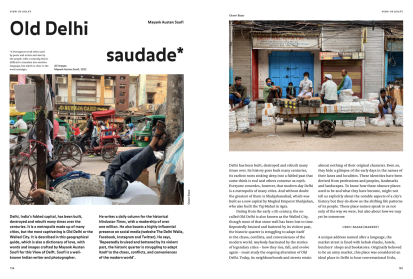
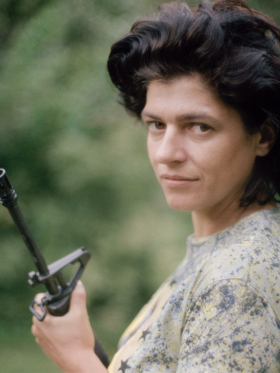
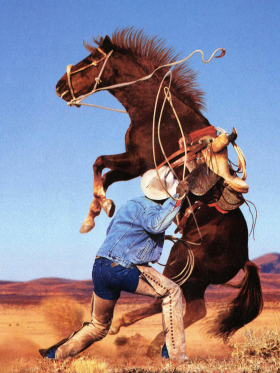
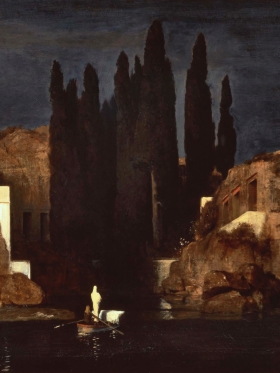
Share article